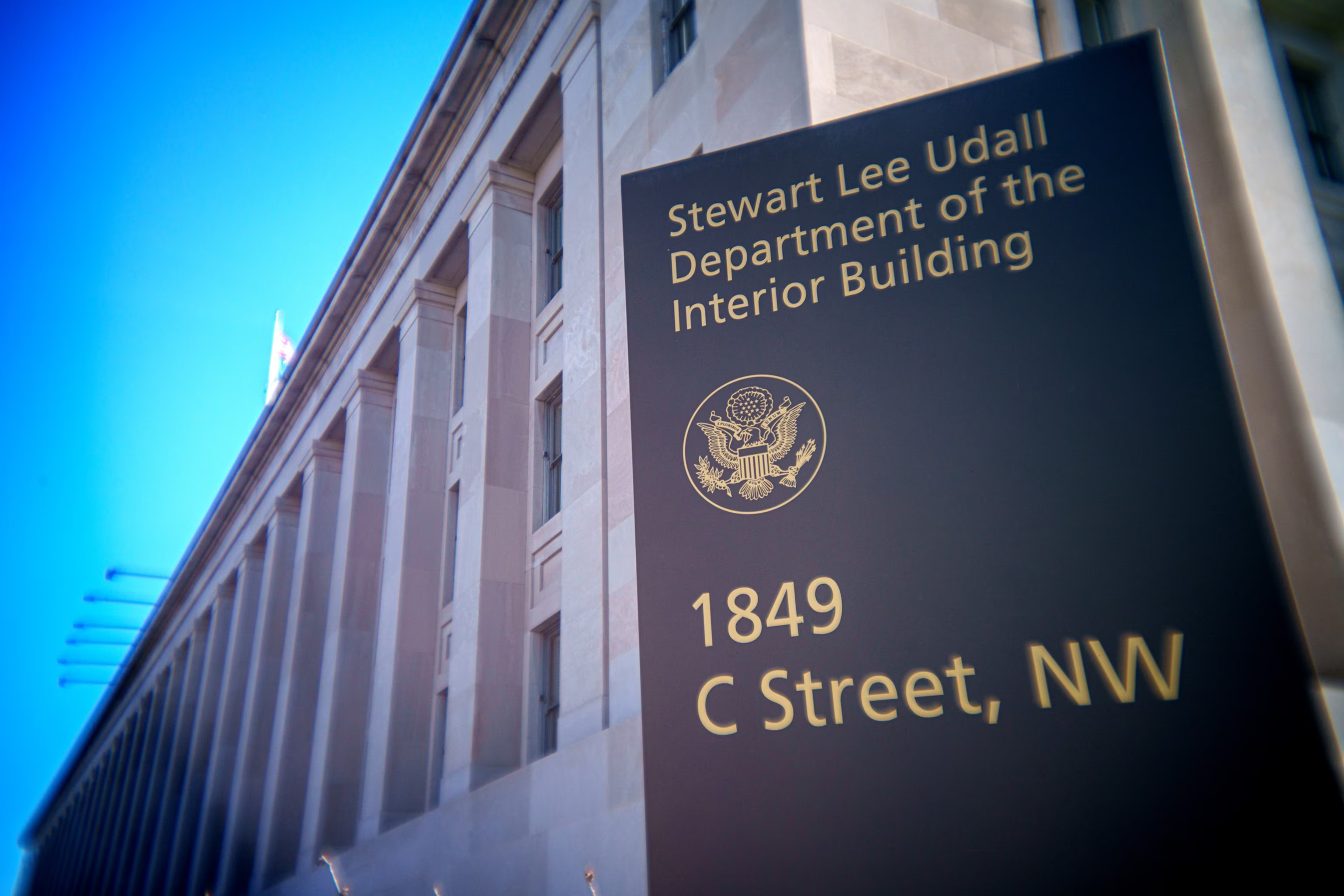The Numbers Game: Half of Jobs at Risk
Here’s where things get as serious as a tax audit. According to Dario Amodei, CEO of AI startup Anthropic, we’re looking at a potential wipeout of half of all entry-level white-collar positions.
Amodei’s projections suggest unemployment rates could skyrocket to 10-20% within the next one to five years – numbers that would make even the most optimistic economist reach for their comfort food.
The Target Zone: Your First Job Might Be Your Last
The bullseye is painted squarely on entry-level positions across technology, finance, law, and consulting. Bannon, channeling his inner prophet of doom, warns that “administrative, managerial and tech jobs for people under 30” are about to be “eviscerated.” These aren’t just any jobs – they’re the stepping stones that traditionally launch careers into the stratosphere.
Obama’s Coding Reality Check
Former President Obama delivered a sobering assessment that would make any Silicon Valley developer sweat through their hoodie: advanced AI models can now “code better than 60%, 70% of coders.” Obama emphasized that these are “highly skilled jobs that pay really good salaries” – the kind that used to guarantee job security faster than you could say “stock options.”
The Regulatory Vacuum: Flying Blind
Here’s the kicker that would make any safety inspector lose sleep: there are currently zero federal laws or regulations governing AI in the United States. While Trump’s administration allocated $500 million to modernize government with AI (calling it the “big beautiful bill” – because apparently everything needs a catchy nickname), the legislation simultaneously prevents states from creating their own AI regulations. It’s regulatory limbo, and nobody knows how low we can go.
The Graduate Unemployment Crisis
The New York Times painted an even grimmer picture for recent graduates, particularly in technical fields where AI has made the fastest advances. Unemployment among new graduates has become heavily concentrated in finance and computer science – the very fields that promised the most secure futures just a few years ago.
The Silent Government Response
Perhaps most concerning is what experts describe as the government’s inadequate response to preparing workers for this seismic shift. Obama’s call for “public discussions about how to maximize the benefits and limit the harms” sounds reasonable, but it also suggests we’re still in the talking phase while AI is already in the doing phase.
The 2028 Election Preview
Bannon’s prediction that AI job displacement will become a major issue in the 2028 presidential campaign suggests this isn’t just a distant future problem – it’s a present reality with political consequences. By the time candidates are debating solutions on stage, millions of workers may have already discovered that their jobs have been automated away.
The Path Forward: Adaptation or Obsolescence
The convergence of Obama and Bannon’s concerns creates an unusual bipartisan wake-up call. This isn’t about left versus right politics – it’s about human versus artificial intelligence in the workplace. The question isn’t whether AI will reshape white-collar work, but whether we’ll adapt our education, training, and economic systems fast enough to keep pace. The choice is stark: evolve with the technology or risk becoming as obsolete as a fax machine in a smartphone world.
The AI revolution isn’t coming – it’s here, and it’s already reshuffling the deck of American employment. Whether we end up with a winning hand depends on how quickly we learn to play by the new rules.
Contact us today through our website or WhatsApp to discover how we can help you achieve success in the United States. Together, we can turn dreams into reality.
Information source: usatoday.com



